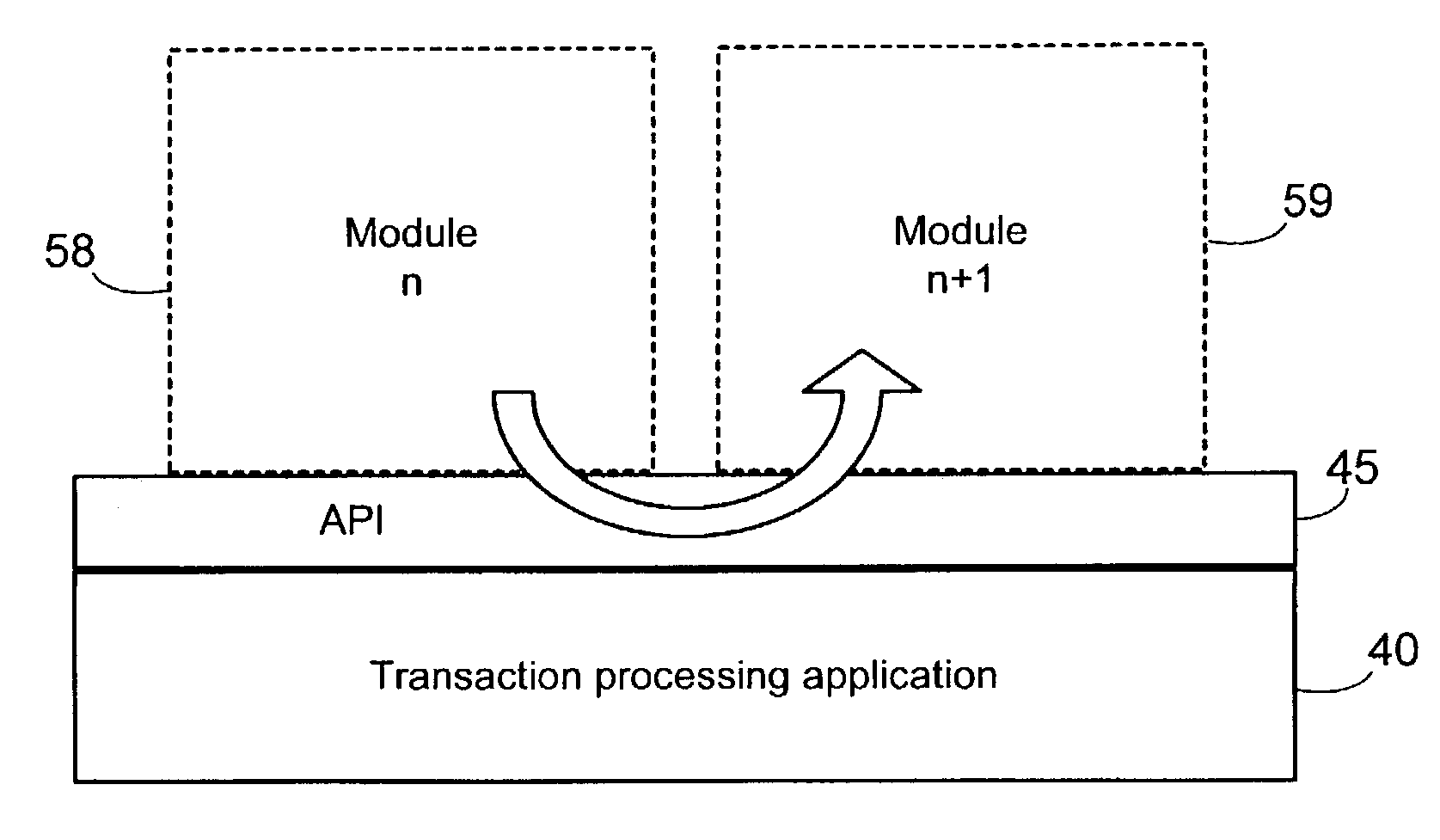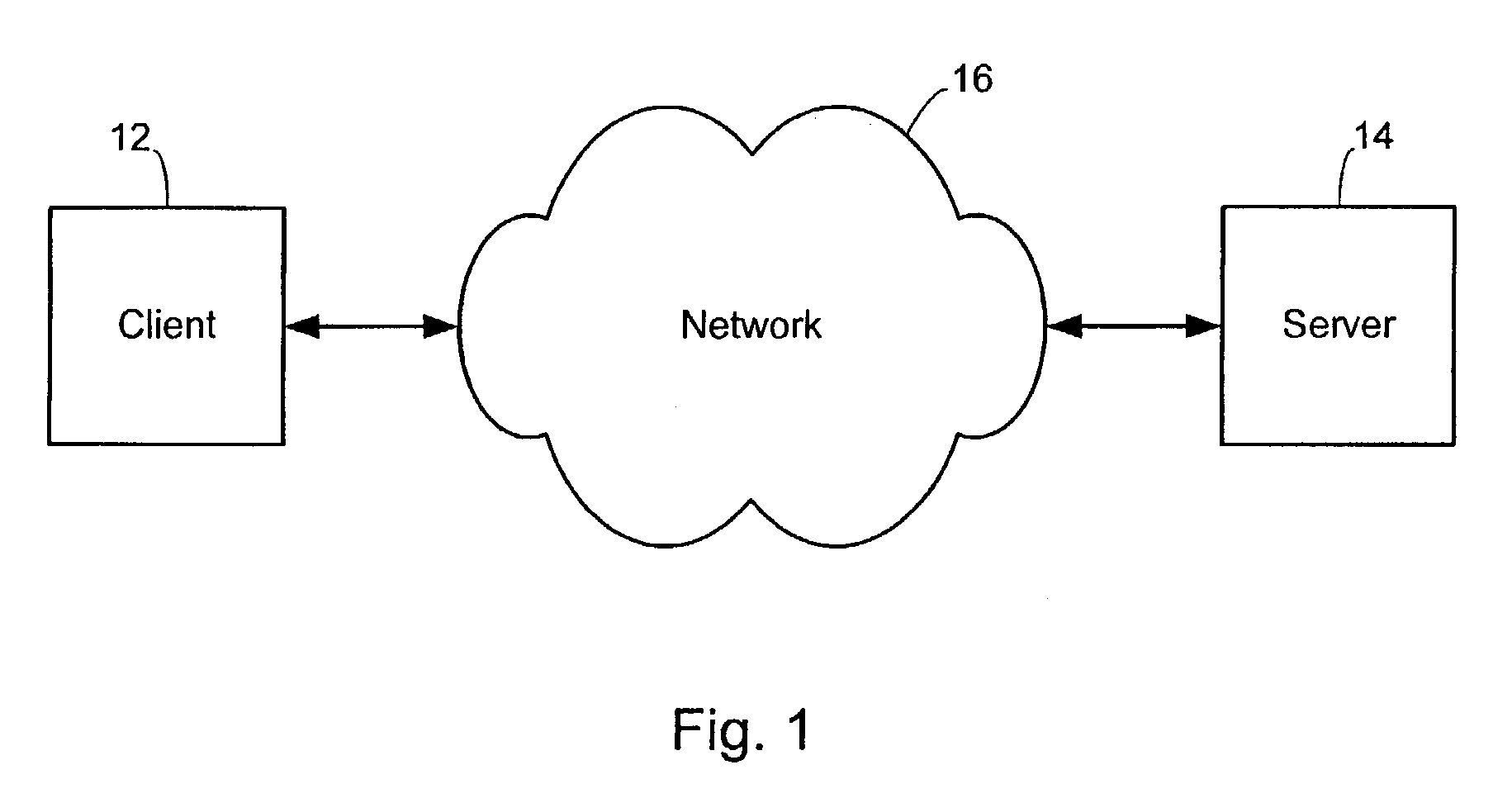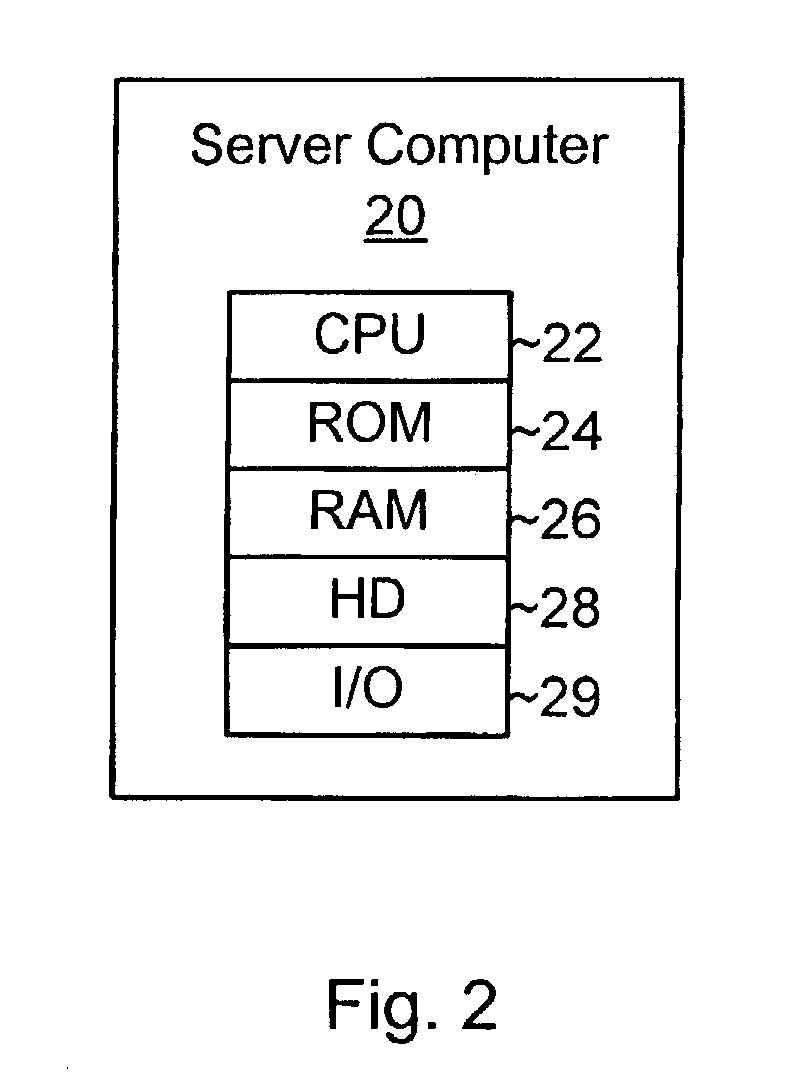Plug-in API for modular network transaction processing
a network transaction and plug-in technology, applied in the field of computer and software architectures, can solve the problems of reducing the number of protocols supported by the system, reducing the number of tasks performed by prior art programs, and presenting little or no sharing of functionality between these programs, so as to maximize facilitate reuse. , the effect of maximizing the chance of achieving cache hits
- Summary
- Abstract
- Description
- Claims
- Application Information
AI Technical Summary
Benefits of technology
Problems solved by technology
Method used
Image
Examples
Embodiment Construction
[0029]One or more preferred embodiments of the invention are described below. It should be noted that these and any other embodiments described below are exemplary and are intended to be illustrative of the invention rather than limiting.
[0030]Broadly speaking, the invention comprises systems and methods for processing transactions in a server by breaking down the transaction into several stages and performing the processing corresponding to each stage using a different plug-in module that is interfaced with the server application.
[0031]One embodiment of the invention comprises an application programming interface (API) that enables the use of individual plug-in modules to perform different stages of the processing of a transaction. The API may be implemented, for example, in a server application that is designed to process network transactions. In one embodiment, transactions are broken down into seven stages: initializing the transaction; sending an opening statement; getting a re...
PUM
 Login to View More
Login to View More Abstract
Description
Claims
Application Information
 Login to View More
Login to View More - R&D
- Intellectual Property
- Life Sciences
- Materials
- Tech Scout
- Unparalleled Data Quality
- Higher Quality Content
- 60% Fewer Hallucinations
Browse by: Latest US Patents, China's latest patents, Technical Efficacy Thesaurus, Application Domain, Technology Topic, Popular Technical Reports.
© 2025 PatSnap. All rights reserved.Legal|Privacy policy|Modern Slavery Act Transparency Statement|Sitemap|About US| Contact US: help@patsnap.com



